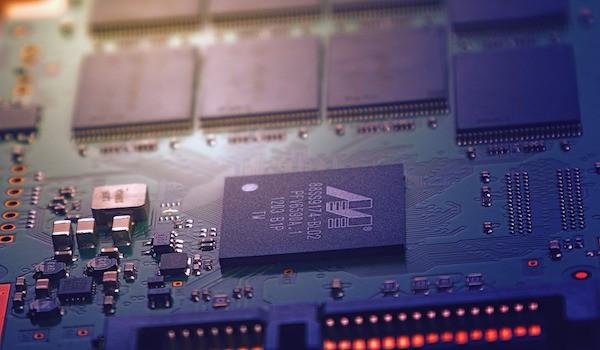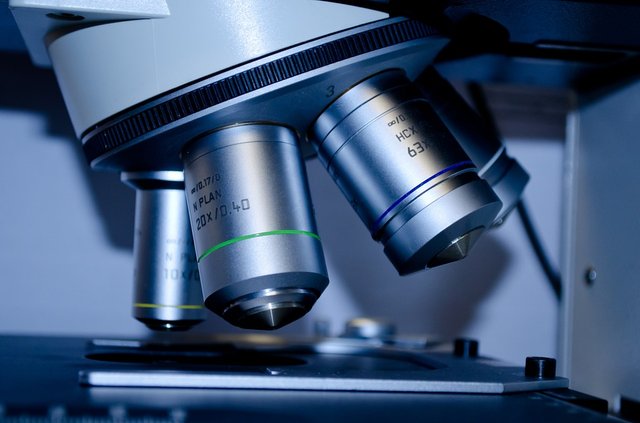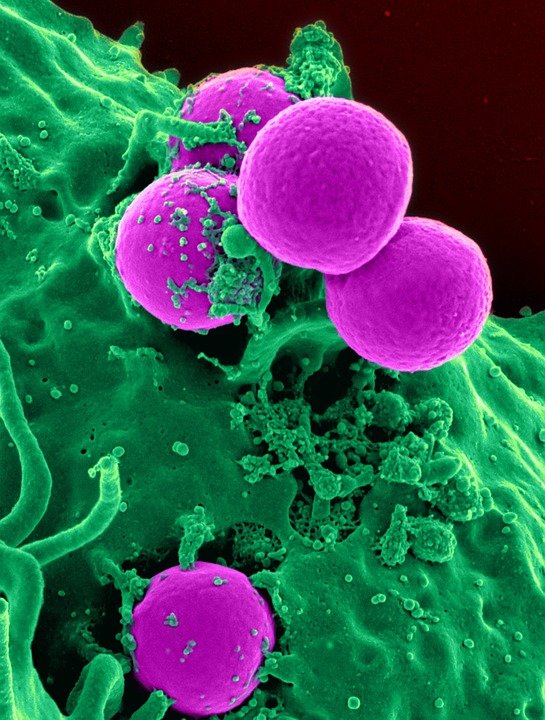Introduction to Nanobiotechnology
Once again, here we're talking about nanotechnology and its applications. This time we're introducing the concept of Nanobiotechnology
Sounds interesting? Let's begin.
Nanobiotechnology: the concept
If you have read my last articles, I'm sure that you've got at least a little idea of what Nanobiotechnology means. This concept born from the union of Nanotechnology and biology.
The objective of this technology is to make biological machines, study how they work. Then, they will be applied on the one hand to create new machines and on the other hand to study living beings.This branch of nanotechnology is supposed to be the most impactful in the near future due to the great variety of applications that it has, above all, within the field of nanomedicine. From the early detection of diseases and their treatment to the study of the evolution of it.
In this article we're not going to delve into deeper aspects, but we are going to have a general vision of what nanobiotechnology to understand more difficult aspects in future articles.
Potential applications of Nanobiotechnology
Nano-Biosensors
A big area of the nanobiotechnology is covered by the investigation of nanobiosensors. This dispositives can detect with a great precision different types of chemical and biological elements. These nanosensors are basically composed of two main elements. The first one is a biological receiver, with the mission of detecting a predetermined type of substance, so that the second element, the signal translator, is able to understand what is happening with that substance and be able to translate the biological reaction in a quantifiable signal.
Magnetic Nanoparticles
As we've talked about before, a series of nanobots (magnetic nanoparticles) are being developed, which will be made up of special elements to lcate cancer cells. The particles are introduced into the human body, and thanks to the nanosensors we can know exactly where the tumor is located, and making use of the size of the nanobot and also using a slight magnetic field, we can induce a warming in the nanobot, which will cause the destruction of cancerigenic cells without causing any damage to healthy tissues. This last sentence means something very important: the side effects associated with current chemotherapy will end.
These nanoparticles can also be used to transport iron particles that can be used to improve the images obtained by magnetic resonances, something that translates into the possible detection of tumors with sizes of a few millimeters. Current advances
Within the current advances, we can find the development of several nanobots that are already in operation and others that, although they are not being used regularly, are being tested in some patients.
For example, there are already some chips that are inserted under the skin, allowing continuous measurement of the pulse, temperature, glucose and other parameters. In addition, other kind of sensors are being developed that make it possible to measure progress in the recovery of tissues after a surgery. And finally one of the greatest advances that are being achieved, known as "lab-on-a-chip" (LOC). LOCs are tools that are capable of integrating several functions that are perfomed in a laboratory on a single chip, allowing, among other things, quick analysis and shorter response times, and thanks to the size, the manufacturing costs of this type of devices are lower.

Source
References
[1] http://www.madrimasd.org/revista/revista35/tribuna/tribuna2.asp
[2] https://www.understandingnano.com/nanotech-applications.html
[3] https://es.wikipedia.org/wiki/Lab_on_a_chip
[4] https://en.wikipedia.org/wiki/Nanobiotechnology


Thank you so much for this introduction. I really enjoyed it and have included it in the third episode of Biomimicry Inspirations.
Thank you very much!
I will be writing about this topic in the next days :)
Regards
Wonderful! I look forward to reading it.
Hello young STEM-ian. Don't hesitate to write longer posts with more details.
Hello, first of all thank you for your comment, I'm very grateful to have comments from scientists on this community.
I will take your advice into account. Next time I think I could focus on a concrete topic, like biosensors (for example) from the materials to its applications.
Thank you again.
P.S: I would like to talk to you, could you give me any contact link? Regards
Yeah, sure, check the posts written by @sco for example. Those are written for biologists, be free to write for engineers. Good luck!
Congratulations! This post has been upvoted from the communal account, @minnowsupport, by cristogd from the Minnow Support Project. It's a witness project run by aggroed, ausbitbank, teamsteem, someguy123, neoxian, followbtcnews, and netuoso. The goal is to help Steemit grow by supporting Minnows. Please find us at the Peace, Abundance, and Liberty Network (PALnet) Discord Channel. It's a completely public and open space to all members of the Steemit community who voluntarily choose to be there.
If you would like to delegate to the Minnow Support Project you can do so by clicking on the following links: 50SP, 100SP, 250SP, 500SP, 1000SP, 5000SP.
Be sure to leave at least 50SP undelegated on your account.
Hola. Buena tu introducción en el tema, como bien mencionan arriba es bueno que sean un poco mas largas. Poco a poco vas mejorando en esta nueva plataforma. Saludos.